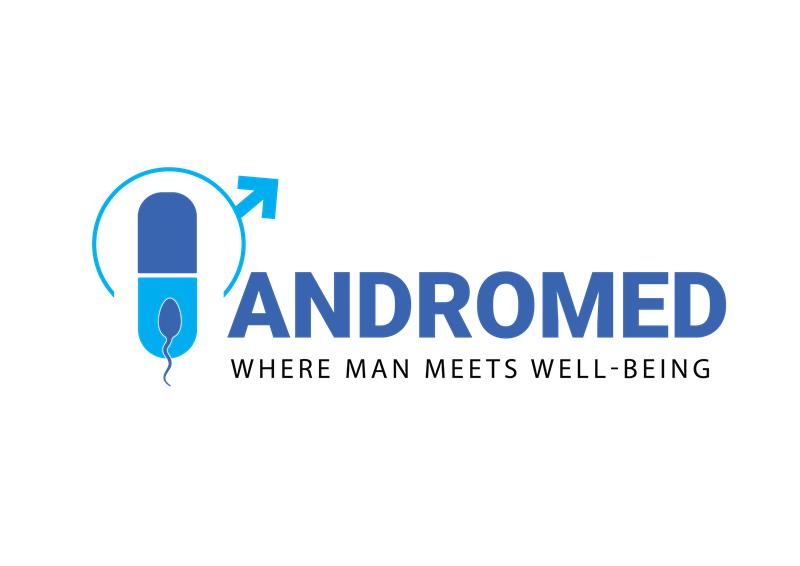Diagnosis & Treatment
Epididymal obstruction is normally diagnosed with a physical examination, evaluation of medical history, and diagnostic tests like ultrasonography or semen analysis. Antibiotics to treat infections, anti-inflammatory drugs to lessen swelling and irritation, or surgical treatments to clear the obstruction or restore the torn epididymal tissue are all possible forms of treatment.
It may be advised to use assisted reproductive technologies like intracytoplasmic sperm injection (ICSI) or in vitro fertilization (IVF) if the obstruction cannot be removed or if the vas deferens or epididymis are completely absent.
Procedure
When performing a microsurgical vasoepididymostomy, a professional urologist connects the vas deferens, or the tubes that deliver sperm from the testicles to the epididymis, using an operating microscope and specialized microvascular instruments and fine surgical suture materials of 9-0 or 10-0 calibre. This enables the movement of sperm from the testicles to the urethra and their release during ejaculation once more.
Recovery
The treatment normally lasts 1-2 hours and is carried out while the patient is under general anesthesia. Recovery times vary according on the patient, but most patients can anticipate returning to their regular activities in a 1-2 weeks. This surgery is performed as a day-care procedure usually.
Benefits
The location and degree of the obstruction, the surgeon's competence and expertise, and the patient's fertility all play a role in how well the microsurgical vasoepididymostomy goes. Studies show that men who have the treatment reported success rates of over 80% in carefully select men.
One benefit of microsurgical vasoepididymostomy is that it is a very good and long-lasting way to help men with obstructive azoospermia regain their fertility. The treatment is not a guarantee of fertility, it is crucial to remember, and other elements that may affect the likelihood of a successful pregnancy include age, general health, and the fertility status of the female partner.


